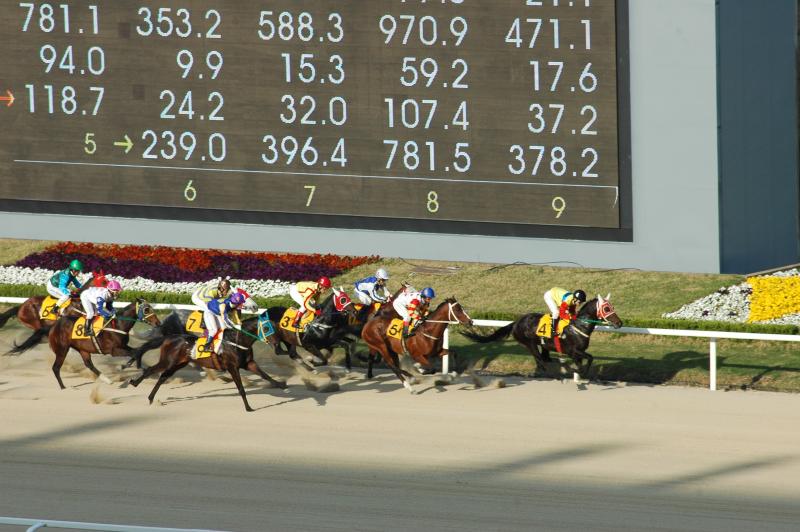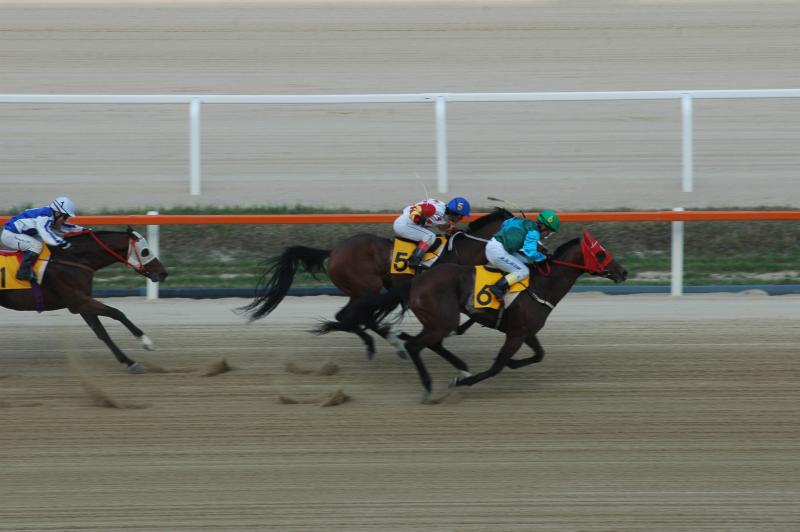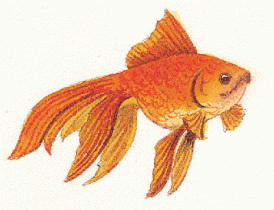Quote Dump #9
"... Are you suggesting Coconuts migrate?" - Monty Python
Lady Astor: "Sir! If you were my husband, I would put arsenic in your coffee."
Sir Winston Churchill: "Madam, if you were my wife I would drink it!"








Ease to arrive:
Directions to Seoul Racecourse Park: Take line 4 of the Seoul subway system to the Seoul Racecourse Park station. Take exits 1, 2, 3, or 4 to street level. It's essentially the only thing around, so follow the crowd. Admission: 800 won; first race is usually around 11am and last race is usually around 6pm. Races are on Saturdays and Sundays only. The infield closes after the last race, so enjoy the park during the afternoon before the races end. July and August offers some night racing; for more information, check out a blog about Horse Racing in Korea.
This post was originally published on my blog, Chris in South Korea. If you are reading this on another website and there is no linkback or credit given, you are reading an UNAUTHORIZED FEED.
There’s something about the area between Jongno and Dongdaemun that sets it apart from the rest of central Seoul. Heading west along the Cheongye stream from City Hall, it feels like you are stepping into an older, less polished part of the city. The chain stores and restaurants gradually thin out, to be replaced by smaller, more specialised outfits, and the suits and high heels morph into work clothes and more practical forms of footwear.
It’s here that you can find Gwangjang Market, Seoul’s oldest covered market. Specialising mainly in textiles, the market is a great place to go if you are after any kind of cut-price fabric or simply fancy a gawk at Korean industry at its most elemental. Traders do vigourous business amongst huge rolls of silks and linens, and narrow alleys and passages lead off into a warren of shops and restaurants.

At the market’s nucleus there is a fantastic street food section. Lines of tightly packed cooking stations spider web out from the central concourse, selling a range of Korean street food classics. Huge coils of sundae perch languidly on narrow countertops; boiled, hairless pig trotters await transformation into jokbal; and dexterous ajummas churn out piece after piece of perfectly formed mandu.

An absolute “must eat” street food here is bindaeduk. Mung beans are ground into a batter by huge rotating stone pestles, then fried up with beansprouts, green onion and garlic. The result is a thick, crispy pancake, served simply with kimchi and an onion and soy sauce dip. The pancake is gloriously garlicky, and has a great crunchy hash brown consistency to it.

Another winner here is the bibimbap. Not a dish you usually find on the street in Korea, the one at Gwangjang is made using barley as well as rice. Like some of the best street food dishes, this one is assembled rather than cooked. Measured amounts of sesame oil, gochujang and doenjang, are added with lettuce, spring onions, dried seaweed, cherry tomatoes and a great little peppery, grassy, bitter leaf whose name escapes me at the moment. The dish is all about balanced flavours and freshness, and qualifies as some of the best bibimbap I’ve had.
Gwangjang Market. Exit 12 Jongno-3-ga Station. Exit the station and walk for a few mins until you reach a road. The market will be directly across it. Once inside, walk past the first few street food stalls you see – you’ll know when you hit the good stuff!
About three minutes in to my recent visit to the Jagalchi Fish Market–where Korea’s biggest gathering of seafood vendors hawk the day’s fresh catch–I saw a creature I didn’t know existed.
It was pink. It had no eyes and was shaped like a sausage. After peering at it for a few seconds, I noticed it was alive–moving in a slow, blind wriggle. My toes curled in their flip flops. The ajumma–rubber-booted, plastic-aproned women who work at the market scraping, scaling, beheading, chopping, and serving Korean sea-life to the daily crowds–had displayed the creature in a silver metal bowl, alongside its pink peers, next to a few clams and some kind of urchin. The floor was wet and the air smelled like salt. Everything around me, I realized, was alive; it was as if I’d stepped into an above-ground reef.
.
”It was probably a sea cucumber,” my mom said, when I called her the next day. Turns out the pink sea sausages are called gaebul, dubbed “Sea Penises” on more than a few foreigner blogs. Apparently they’re hollow inside and taste like seawater. The restaurants above the market serve them live.
I didn’t buy anything at Jagalchi, but wandered through it awestruck, partly at the coloured and squirming gills, arms, tails and tentacles that crowd the tanks along each aisle, and partly at the women running the show. Ajumma in Korean means a woman of married age, but the term carries with it the connotation of being tough.
A Jagalchi ajumma has likely spent the bulk of her life squatting at a stall, gloved hands coated in fish parts. She can grab an octopus from a tank and bag it up with her eyes closed. In the aisle she’ll push past you, dragging a net of jumping mackeral toward rows of metal bins and cutting boards. Outside, you’ll find her crouched over a plastic bucket, de-shelling clams on the concrete while the sun drifts over the Korea Strait.
.
I was a little squeamish checking out some of the creatures…
and felt bad watching their attempts at escape…
especially the octopus, who, my mom informed me, is the most intelligent of invertebrates.
But the colours and patterns were beautiful…
and reminded me that nature blows away the competition in design.
Outside, the fish dried in the sun…
and a knife or two was displayed…
across from the shells and the shoes.
But my favourite part was the edge of the port, where men whose lives I’d never know worked on rusty ships…
and the mountains were green, and the gulls were free.
.

 I never had much interaction (at all) with children prior to my acceptence of a job requiring constant interaction and dedication to molding their sundeveloped little brains for 7 straight hours a day. Seems reasonable… (ahem!). But in Korea, the fact that my birth certificate was printed in America and that the preceding years of my life left me with a Bachelor’s degree in hand, I am somehow qualified to do so. I can only imagine the increduality of those close to me upon my declaration that I was headed overseas to teach little children in primary school. I have preached tirelessly the fact that i will never, repeat, NEVER have children of my own, although never quite penetrating barriers of skepticism.
I never had much interaction (at all) with children prior to my acceptence of a job requiring constant interaction and dedication to molding their sundeveloped little brains for 7 straight hours a day. Seems reasonable… (ahem!). But in Korea, the fact that my birth certificate was printed in America and that the preceding years of my life left me with a Bachelor’s degree in hand, I am somehow qualified to do so. I can only imagine the increduality of those close to me upon my declaration that I was headed overseas to teach little children in primary school. I have preached tirelessly the fact that i will never, repeat, NEVER have children of my own, although never quite penetrating barriers of skepticism.
Against all odds, overall, I think I am doing swimmingly! Everyday is a suprise, to say the least. I will waltz into work one day with high spirits, in disbelief that I actually get paid to do this, only to walk out of my first class ready to drop dead from exhaustion and frustration. Other days are just the opposite, and I can’t remember how I could ever be upset with these little angels. My dad always used to say “Now I know why tigers eat their young”; …so do I. The reason tigers eat their young is exactly why evolution made children so adorable. Something about cute, miniature humans makes you just fall in love and somehow forget about all the time they spend making you want to rip your hair out. There must have been some force of intellegent design at work here, in one sense or another…
So I have decided that kids are like goldfish sponges. They have the amazing ability to soak up audible information like a sponge, even when you are certain they are paying absolutely NO attention. At the same time, they have the memory span of a goldfish; their temper tantrum could easily trigger a spontaneous combustion one moment, and 3 seconds later they will be happy as a clam. Must admit I am slightly envious of this capability…
I still maintain I will never have a goldfish sponge of my own, but I am starting to really like the little buggers.

Get rid of your glasses!
SMILE PRO/SMILE/
LASEK/LASIK/ICL
All types of laser vision correction at BGN!
Recent comments